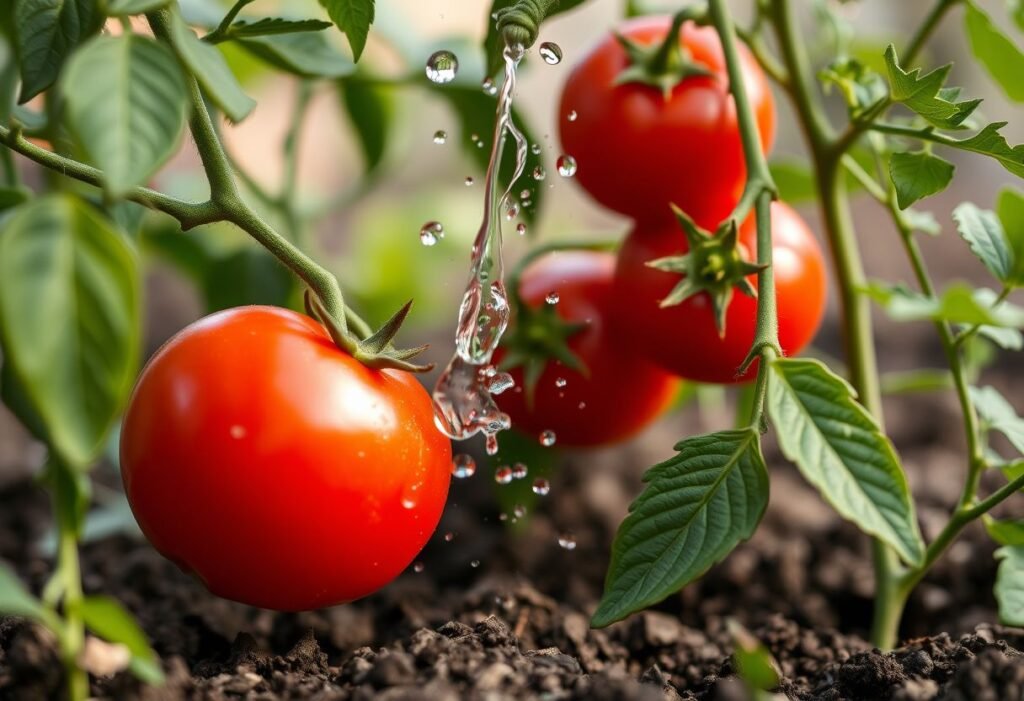Understanding Tomato Growth
Watering is an essential aspect of tomato care. These plants thrive on consistent moisture, which plays a significant role in their growth and fruit production. Their roots typically delve deep into the soil in search of water, necessitating a mindful approach to irrigation. Understanding the watering needs of tomatoes allows gardeners to prepare their plants for a healthy and productive growing season.
Soil Quality Matters
The foundation of healthy tomatoes begins with the right soil. Well-draining, nutrient-rich soil is vital for optimal growth. Poor drainage can lead to root rot, which can devastate your plants. To ensure your tomatoes flourish, it’s advisable to enrich your soil with compost and test its pH levels. The right balance will provide your tomatoes with the essential nutrients they crave.
Perfect Timing for Watering
Timing is everything when it comes to watering tomatoes. Early morning or late afternoon is considered the best times to provide water, as the sun’s intensity is lower, allowing the plants to absorb moisture more effectively. Avoid watering in the evening to prevent high humidity in the soil, which could encourage fungal diseases.
How Often Should You Water?
Generally, watering your tomatoes once a week is a good starting point, but during the hot, summer months, daily watering may be necessary. The key is to keep the soil consistently moist but not waterlogged. Insufficient water can cause nutrient deficiencies, whereas too much water can inhibit root growth. Striking the right balance is essential for thriving tomato plants.
The Importance of Observation
Every garden is unique, so closely monitoring your tomato plants will help you adjust your watering routine as needed. Plants wilting can indicate they need more water, while yellowing leaves may suggest overwatering. A simple finger test in the soil can inform you if your tomatoes require hydration.
Weather Factors to Consider
The weather plays a significant role in your watering schedule. On rainy days, you can skip watering, while during dry spells, you may need to increase your watering frequency. Tomatoes lose moisture rapidly during hot days, necessitating a keen eye on their hydration needs.
Conclusion
Watering tomatoes in the ground is both an art and a science. It requires a thoughtful combination of consistent practices, attention to timing, and care for soil quality. I encourage all gardeners to observe and adapt to their plants’ needs, reveling in the joy of harvesting delicious, home-grown tomatoes that elevate every meal.
Disclaimer
The information in this article is for general guidance and may not apply to all gardening conditions. It is advisable to conduct further research and consult local gardening experts for tailored advice.

















